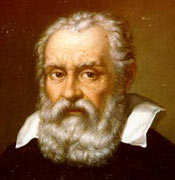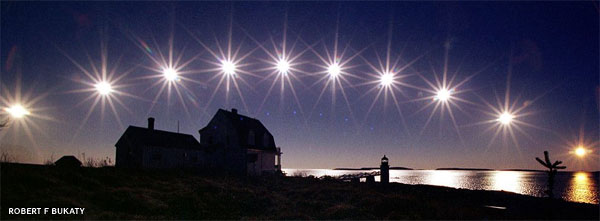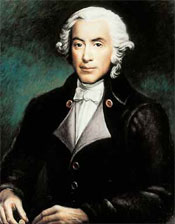
Abraham-Louis Perrelet (born 1729, died 1826)
In today’s blog post, we take a look at the life of the man responsible for bringing us self-winding pocket watches and pedometers. A master watchmaker and brilliant inventor, Abraham-Louis Perrelet.
Watchmaker Perrelet was born in Switzerland in 1729 and was the inventor of a self-winding pocket-watch mechanism, which is still used in modern wristwatches.
Designed to wind itself, an oscillating weight inside the watch would move up and down as the owner moved, winding the mainspring and turning the gears to move the hands.

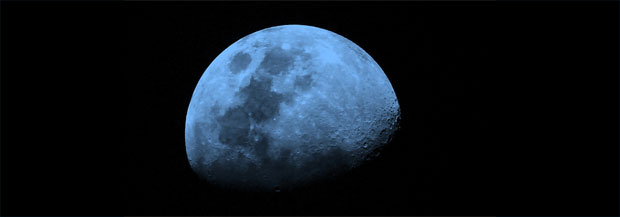
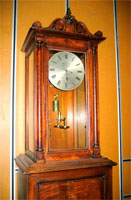
 If you’ve been looking for a new stopwatch recently, you may have noticed that some include a “Silent Mode” feature.
If you’ve been looking for a new stopwatch recently, you may have noticed that some include a “Silent Mode” feature.
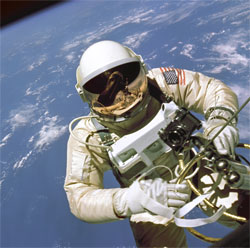
 Sunday — Sun’s day (“day of the Sun”)
Sunday — Sun’s day (“day of the Sun”)
